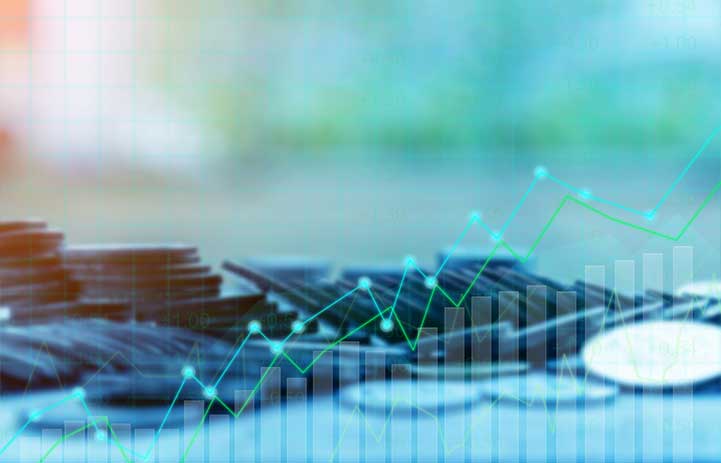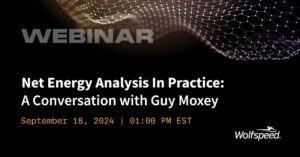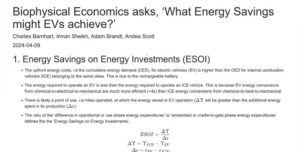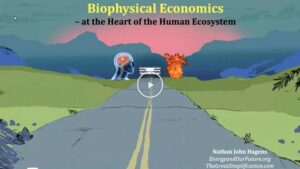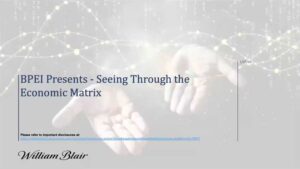
Bringing the Natural Sciences Into Economics and Decision Making™
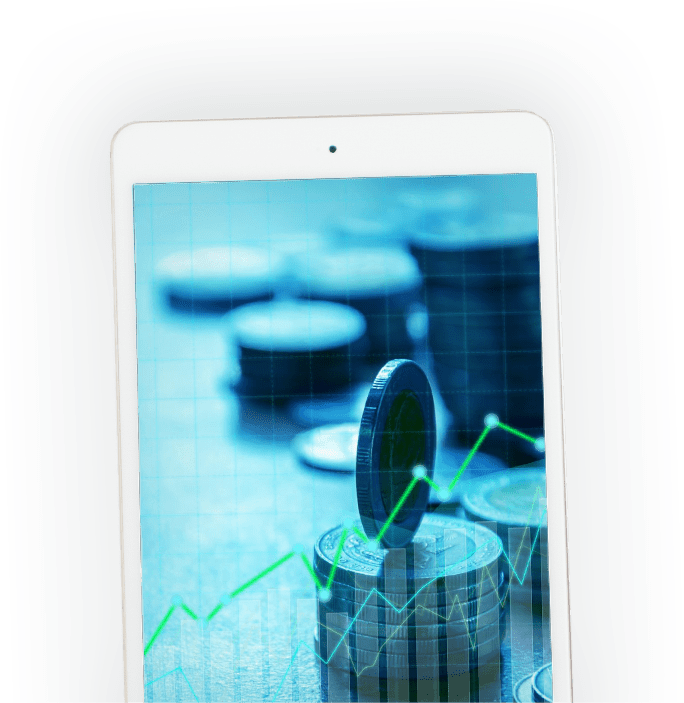
Don't miss our upcoming webinars!
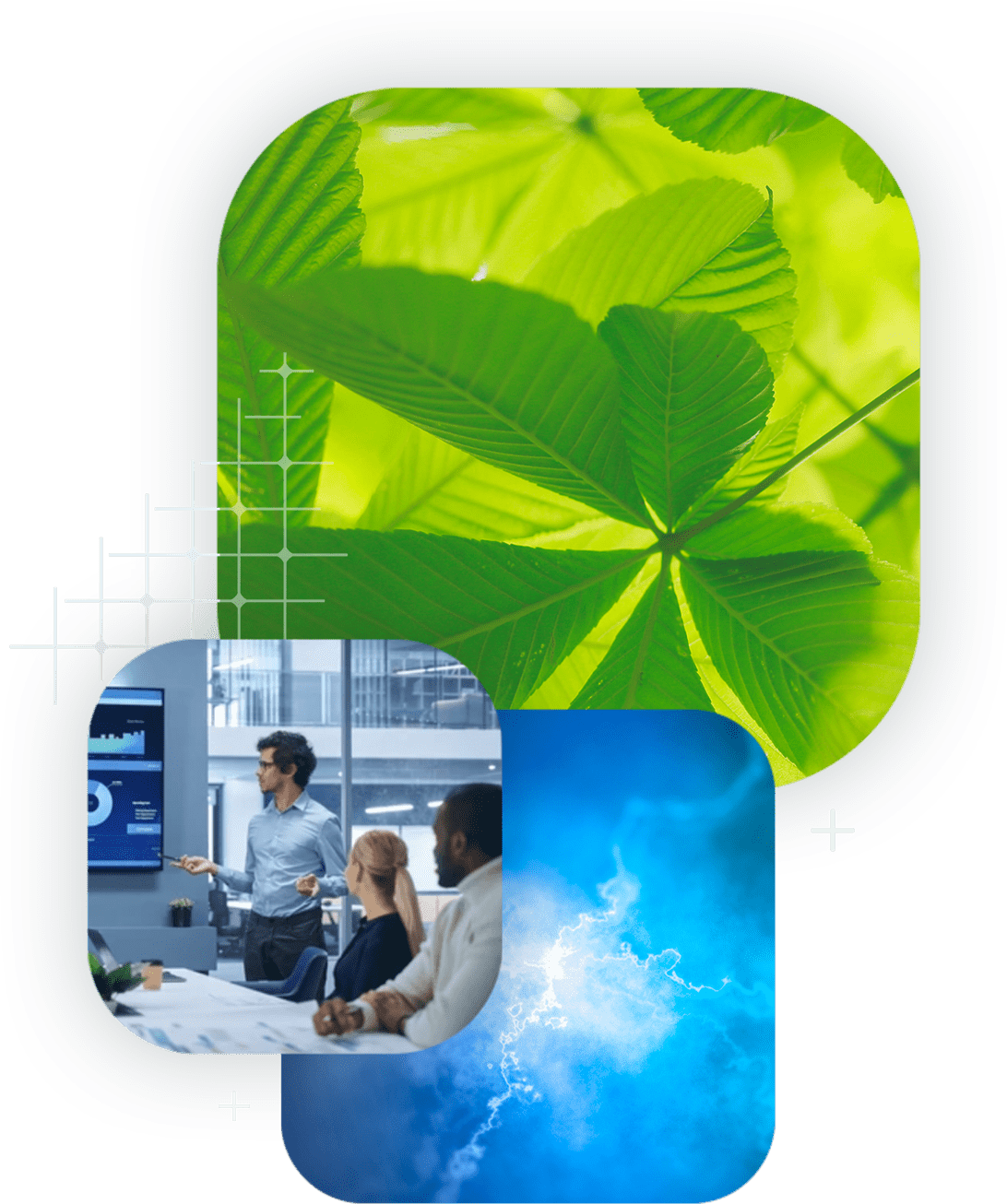
BioPhysical Economics Institute (BPEI) is driven by a profound mission to bridge the gap between natural sciences and economic decision-making to address the urgent environmental and economic challenges facing our world today.
We do this by promoting and supporting analyses of energy systems and technologies that are methodologically rigorous and rooted combinations of the natural sciences and economics.
BPEI aims to empower corporate decision-makers, investors, investment professionals, and policymakers with nature-backed, science-driven insights.
Standing for Science-Based Solutions
We offer a unique economic analysis and decision-making perspective, integrating insights from natural sciences, particularly thermodynamics, to address pressing environmental and economic challenges.
We recognize decision-makers struggle with balancing long-term sustainability over short-term profits, and to inform this struggle we provide decision-makers with unbiased, methodologically honest insights rooted in science and data.
Our approach, grounded in biophysical economics, emphasizes energy efficiency, sustainability, and the impacts of the Energy Transition, ensuring a comprehensive understanding of investments' full costs and benefits.

Don’t miss our upcoming webinars! Subscribe to our email list:


